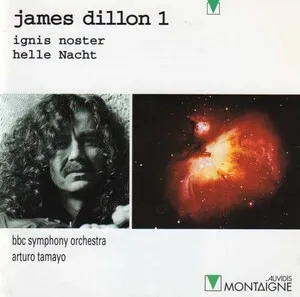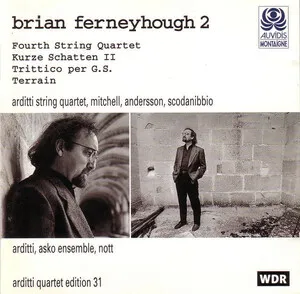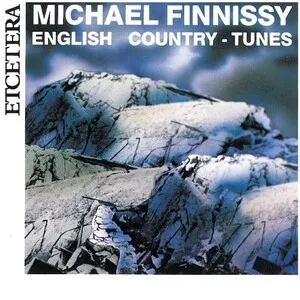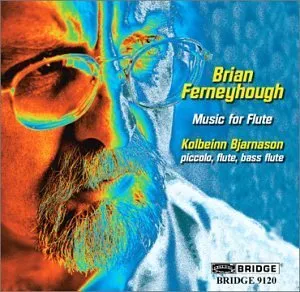New Complexity is a movement in contemporary classical composition characterized by extremely detailed notation, dense polyphonic textures, and intricate rhythmic layers. Composers in this school aim to encode a wealth of micro-level information—articulations, dynamics, timbral inflections, and nuanced temporal relationships—directly into the score.
The music typically features nested tuplets, rapidly shifting meters, microtonal pitch structures, and extensive use of extended techniques. While often perceived as virtuosic and formidable, its goal is not complexity for its own sake but the precise realization of highly differentiated sound worlds and continuously transforming textures.
New Complexity coalesced in the late 1970s and early 1980s around a group of primarily British and European composers associated with post-serial modernism and the Darmstadt Summer Courses. Brian Ferneyhough and Michael Finnissy are often cited as central figures, with James Dillon, Richard Barrett, Chris Dench, and Klaus K. Hübler among other key contributors. Their work extended the rigor of serial and post-serial techniques into new territories of timbre, rhythm, and notation.
The movement emphasized a highly articulated score as the primary vehicle for musical imagination. Compositions employed nested tuplets, irrational meters, complex polyrhythms, and microtonal systems, alongside granular performance instructions for articulation, dynamics, and timbral effects. Influences include integral serialism, the post-war European avant-garde, Xenakis’s stochastic thinking, and the instrumental timbral focus of musique concrète instrumentale.
The music’s demands fostered close collaborations with specialist performers and ensembles—most famously the Arditti Quartet and groups like ELISION and Ensemble recherche. Ferneyhough’s teaching (including at Freiburg, UC San Diego, and Stanford) and the circulation of scores at Darmstadt helped establish a pedagogy and international network that spread the style across Europe, the UK, North America, and Australia.
From the 1990s onward, New Complexity provoked debates about intelligibility, notation, and performer agency. Some composers adopted or reacted against its aesthetics, while others integrated aspects (e.g., timbral precision, micro-rhythmic layering) into broader contemporary classical practices. The New York–based movement of Totalism emerged partly in response, advocating rhythmically complex yet more groove-oriented approaches. Today, New Complexity remains influential in conservatory pedagogy, specialist performance practice, and the continuing exploration of hyper-detailed acoustic sound.

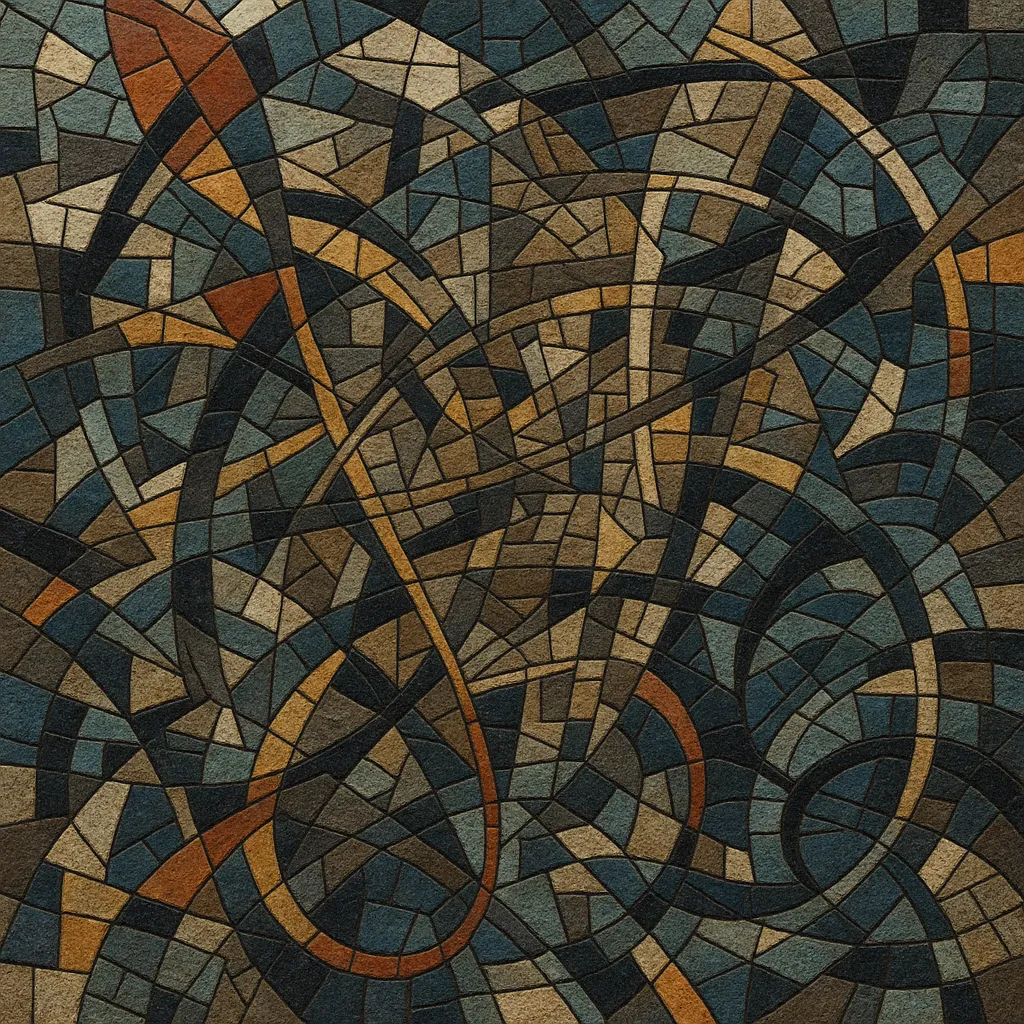
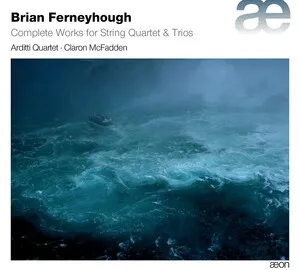
%3B%20La%20chute%20d'Icare%3B%20Incipits%3B%20Les%20froissements%20d'ailes%20de%20Gabriel%2C%20Cover%20art.webp)
